

The purpose of this project was to process the Prokudin-Gorskii collection of images programmatically. These were images that were taken before color photography was invented. They were taken such that the light that entered the image was filtered by red, green, and blue to form three images detecting the various parts of the digital system. Unfortunately, the photographers involved in the project were unable to finish the project of combining the images together. However, recently, these images have been uploaded to the internet by the library of congress. This project will taking these images from its greyscale nature to a color photo.
Images were given as three images stacked upon one another (see below):

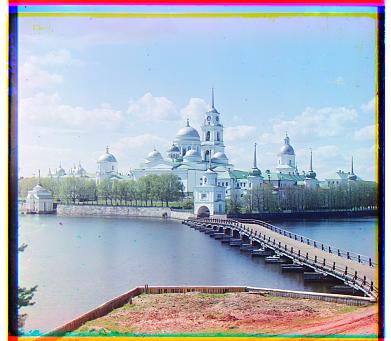


We will now showcase all of the images for this project and their outcomes. We will showcase the aligend versions and with auto-crop. In the auto-crop case we will see some artifacting, but not a lot and we can vary it based on the percentage taken off. We will also include the final displacement for both the Red and Blue channels.
| Name and Displacement (y, x) | Result with No Cropping | Result with Automatic Cropping |
|---|---|---|
|
Name: Castle Blue Shift: (-34, -2) Red Shift: (65, 3) |
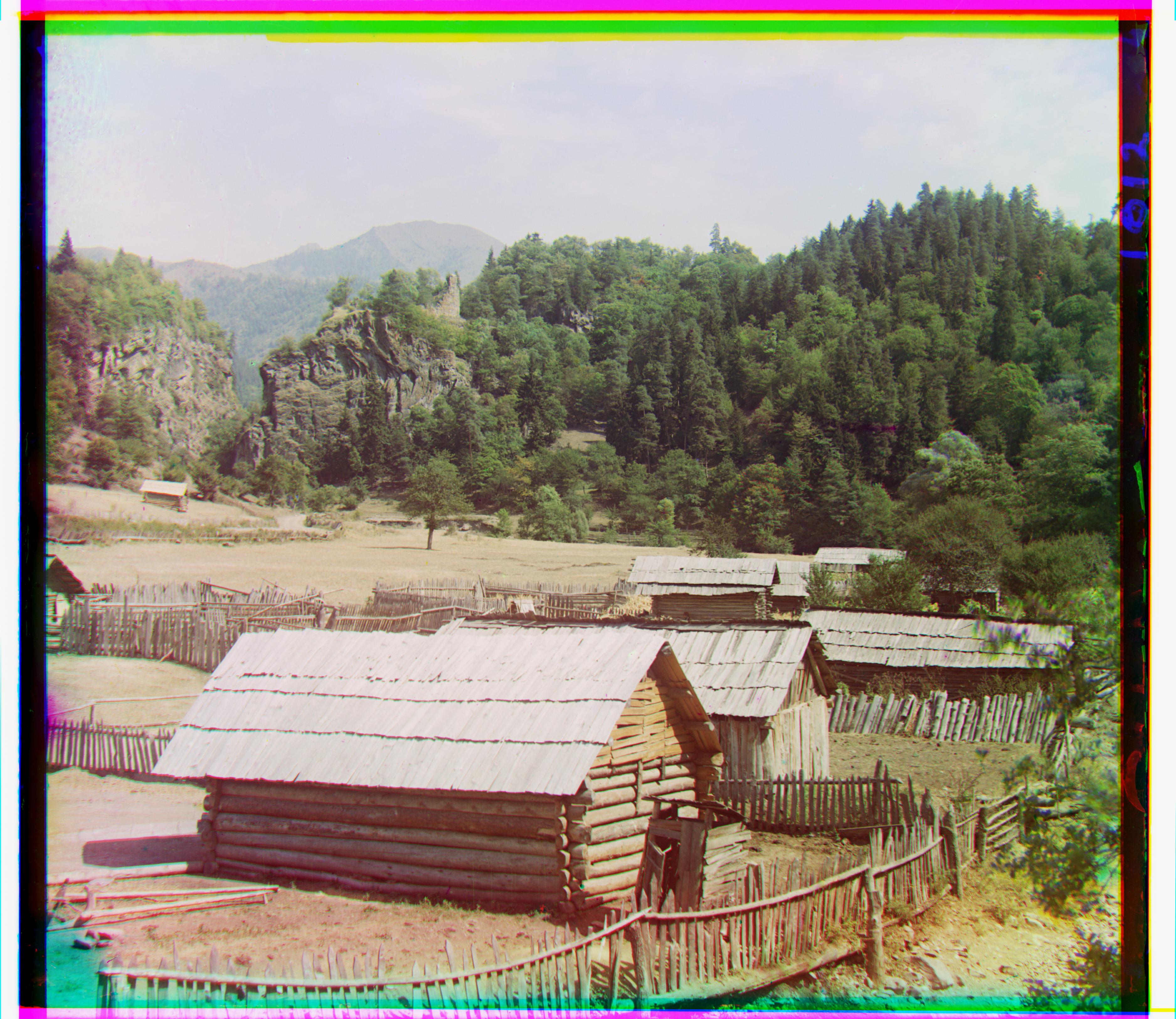 |
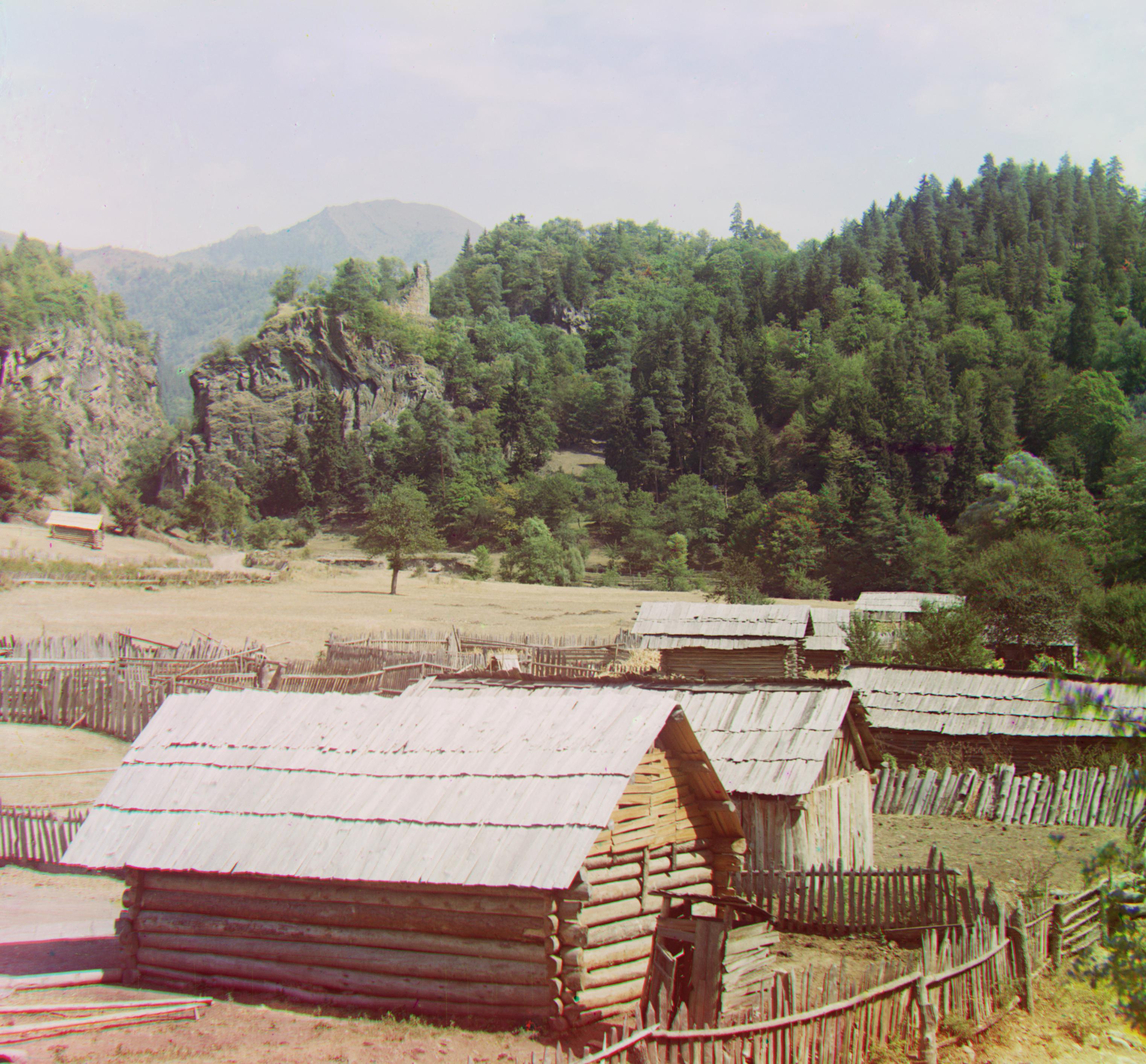 |
|
Name: Cathedral Blue Shift: (-5, -2) Red Shift: (7, 1) |
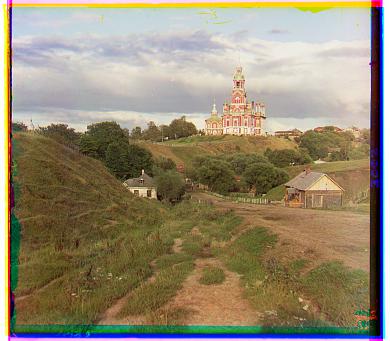 |
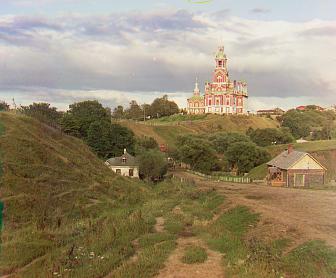 |
|
Name: Emir Blue Shift: (-48, -24) Red Shift: (58, 17) |
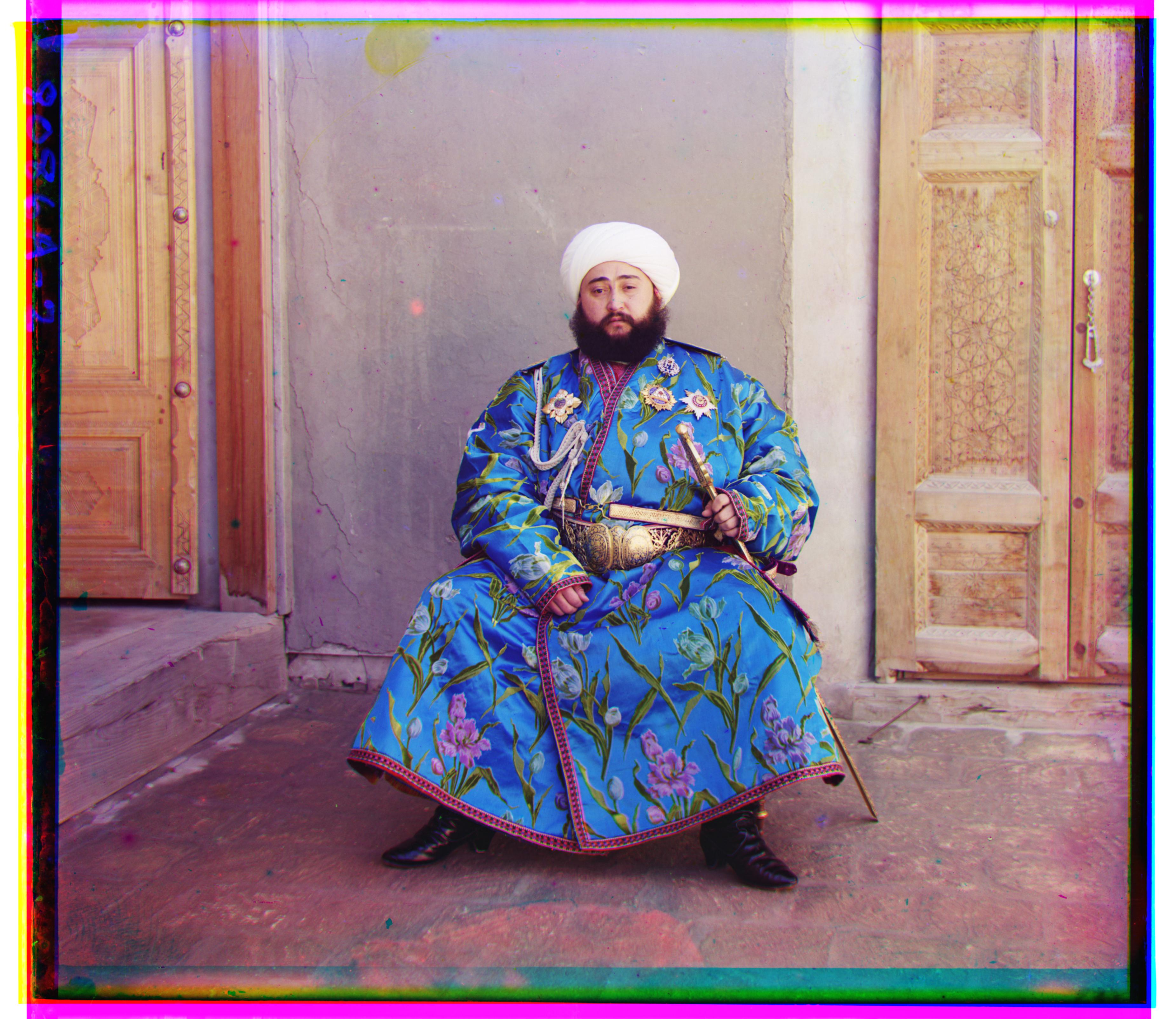 |
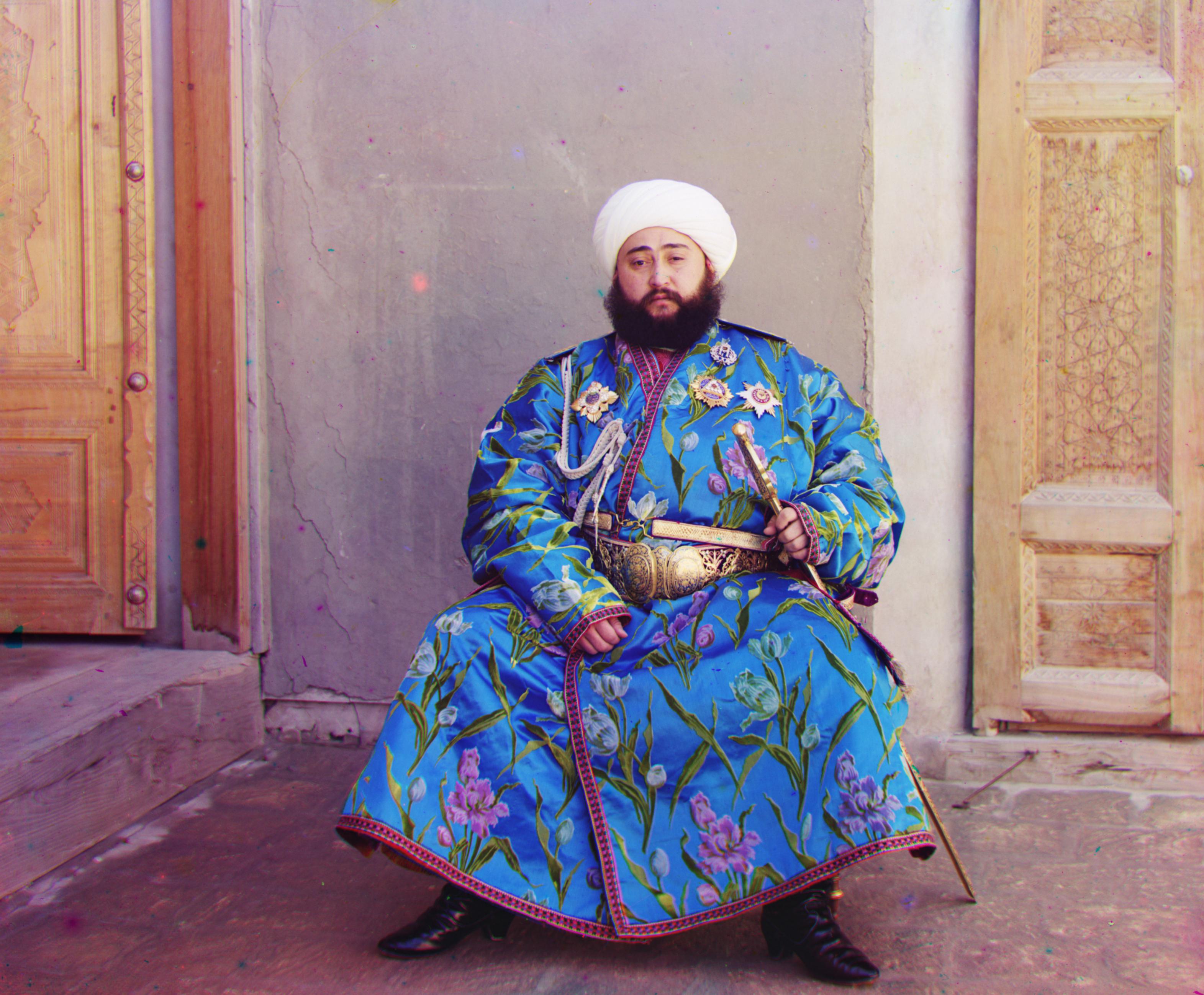 |
|
Name: Harvesters Blue Shift: (-59, -17) Red Shift: (64, -3) |
 |
 |
|
Name: Icon Blue Shift : (49, 5) Red Shift: (-41, -18) |
||
|
Name: Lady Blue Shift: (-53, -8) Red Shift: (61, 4) |
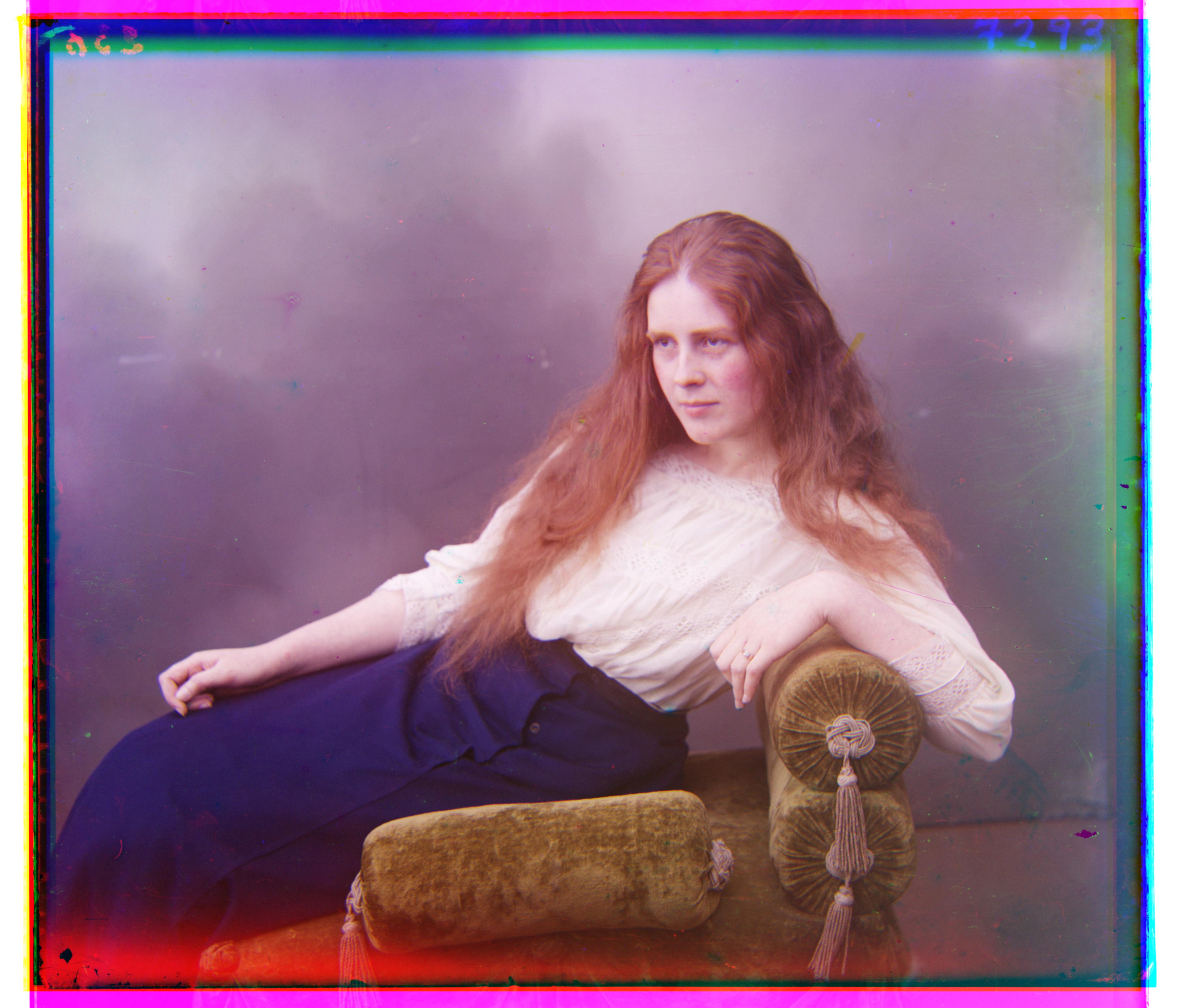 |
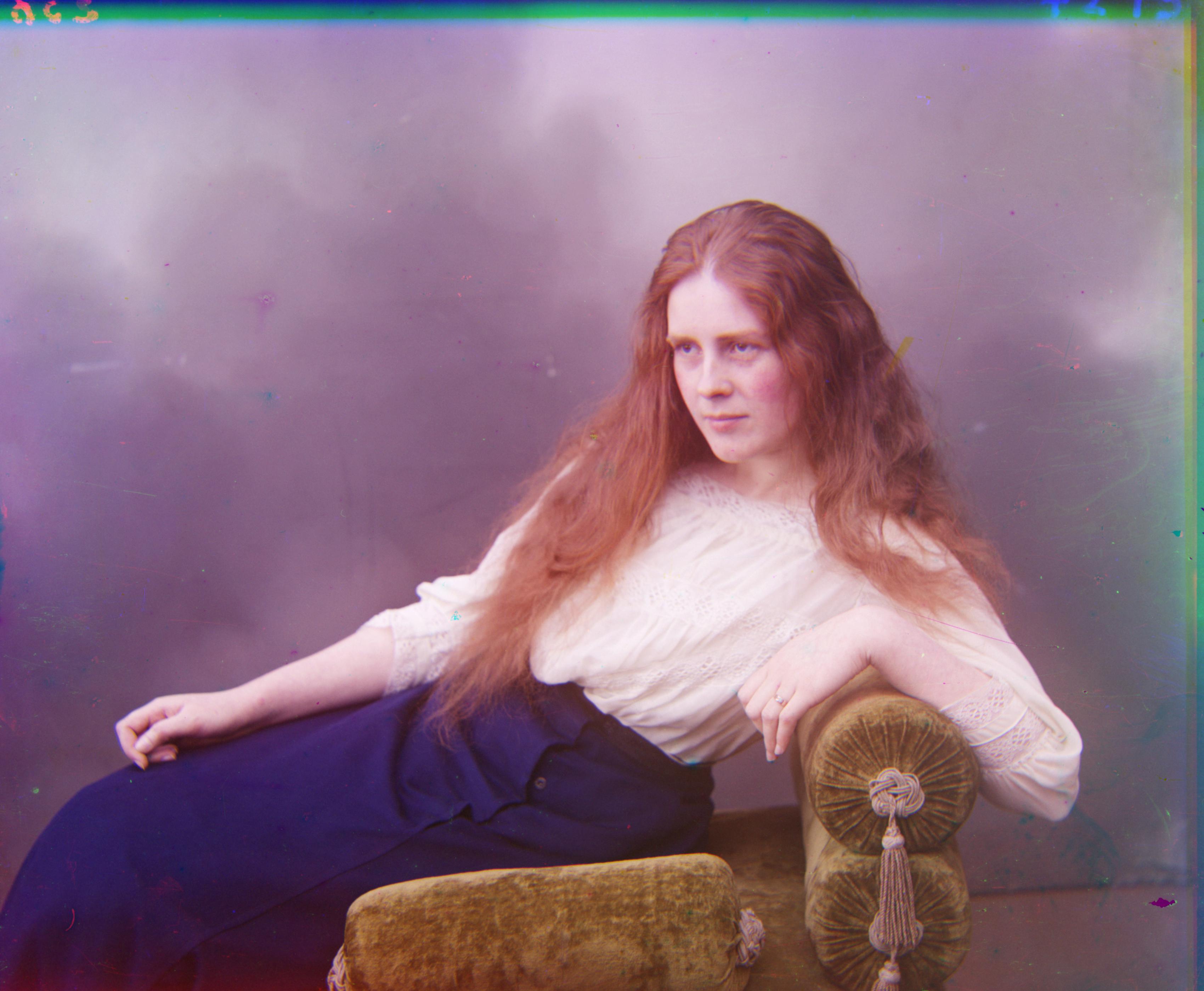 |
|
Name: Melons Blue Shift: (-84, -9) Red Shift: (96, 3) |
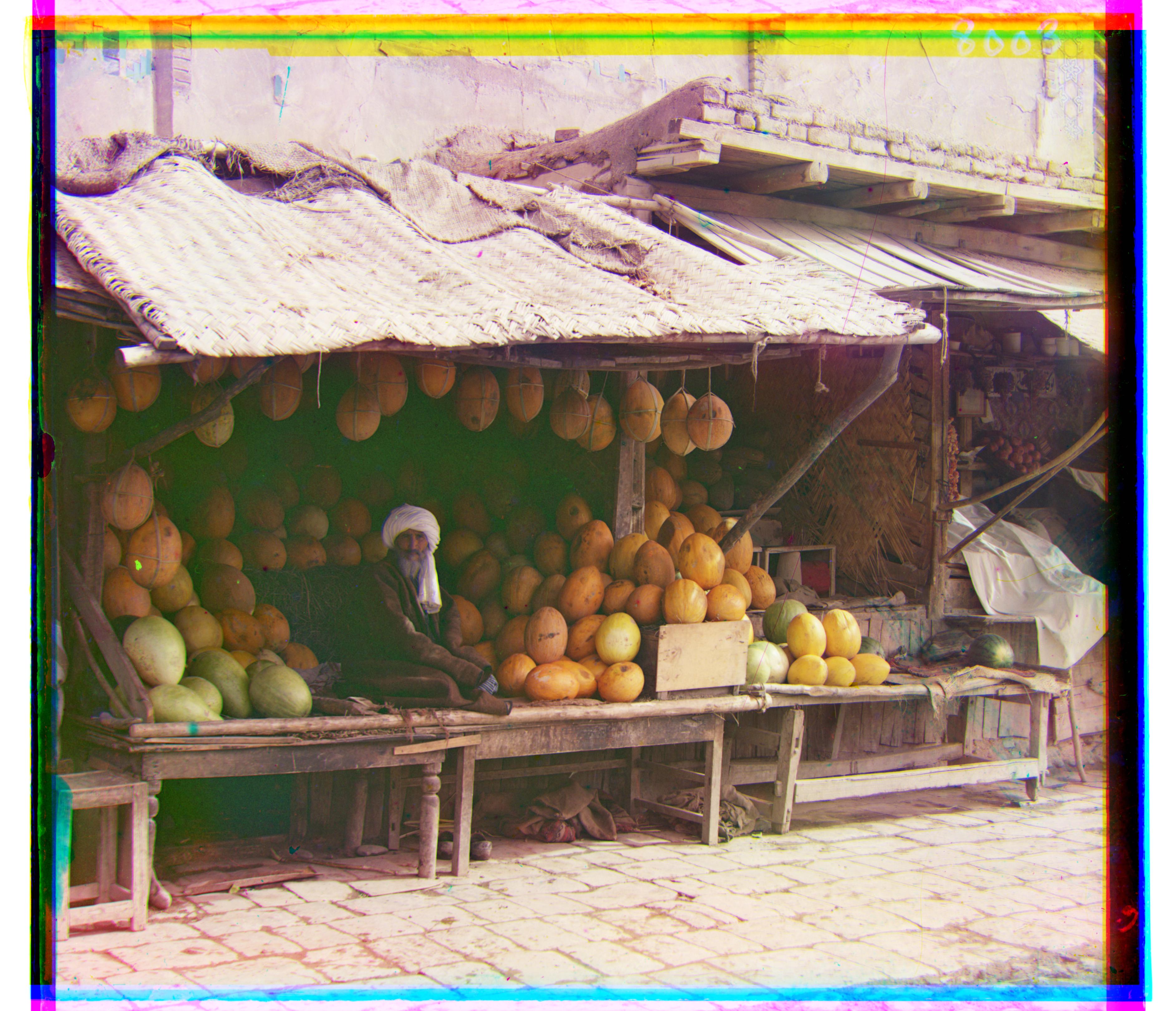 |
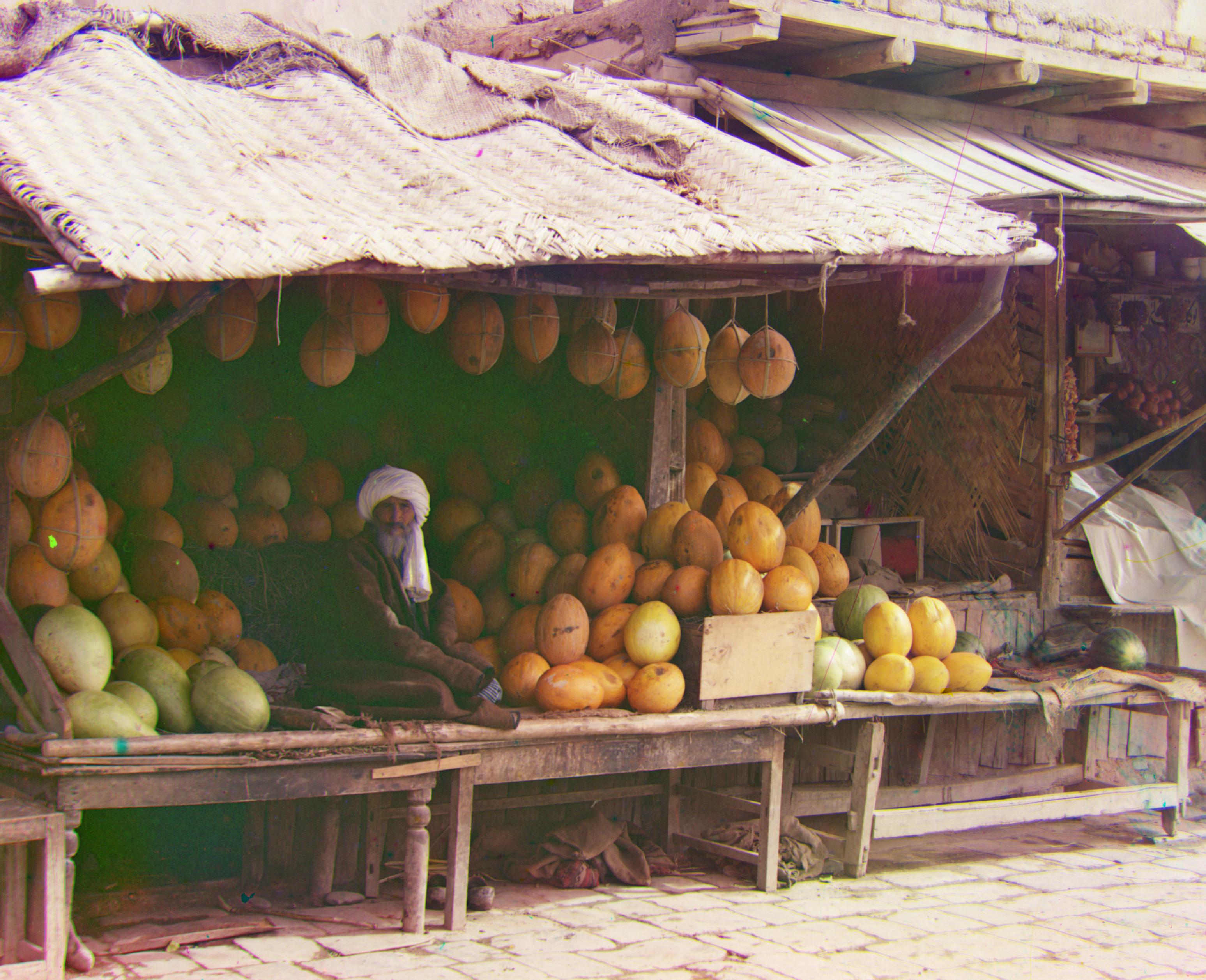 |
|
Name: Monastery Blue Shift: (3, -2) Red Shift: (6, 1) |
 |
 |
|
Name: Onion Church Blue Shift: (-50, -27) Red Shift: (58, 10) |
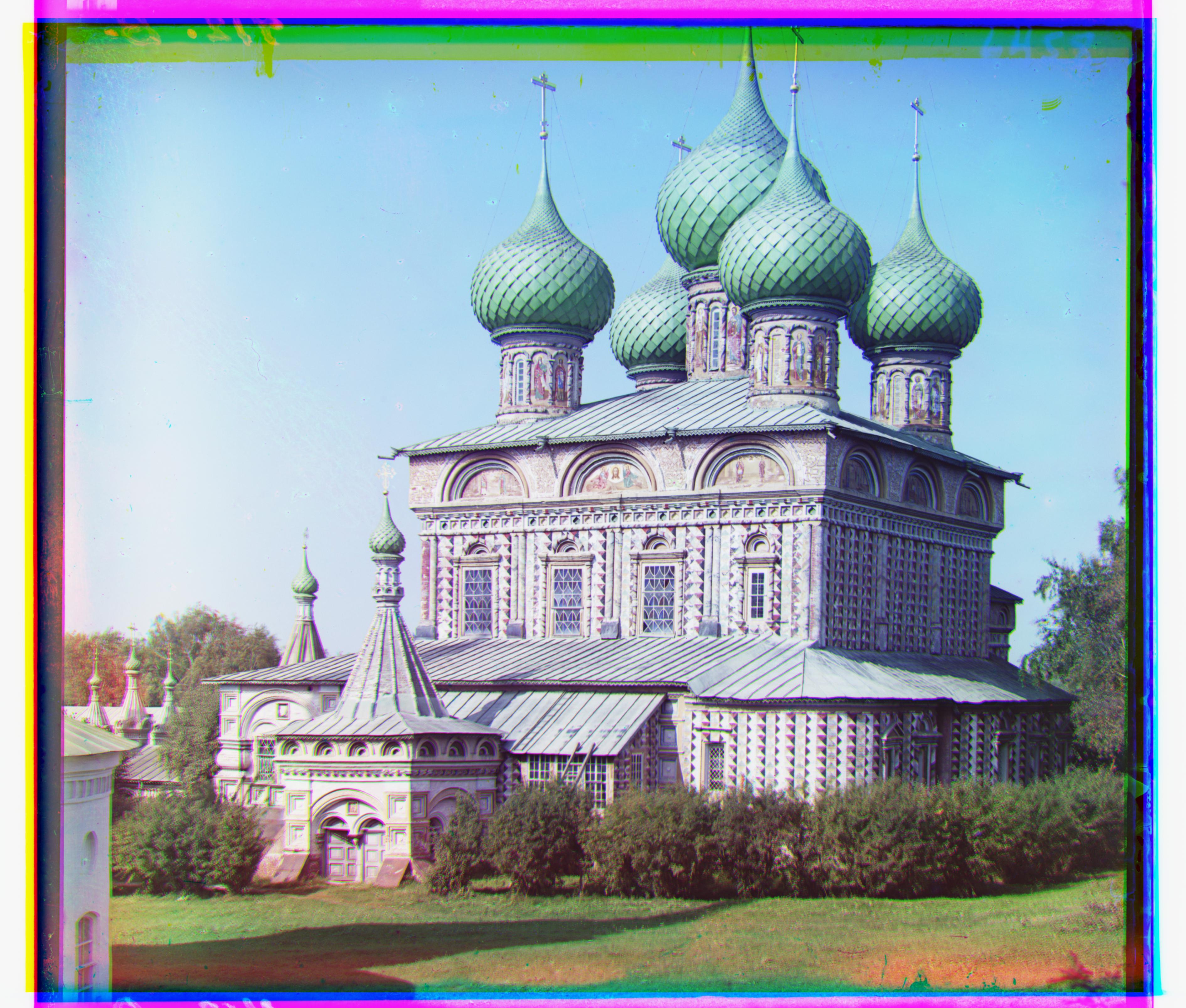 |
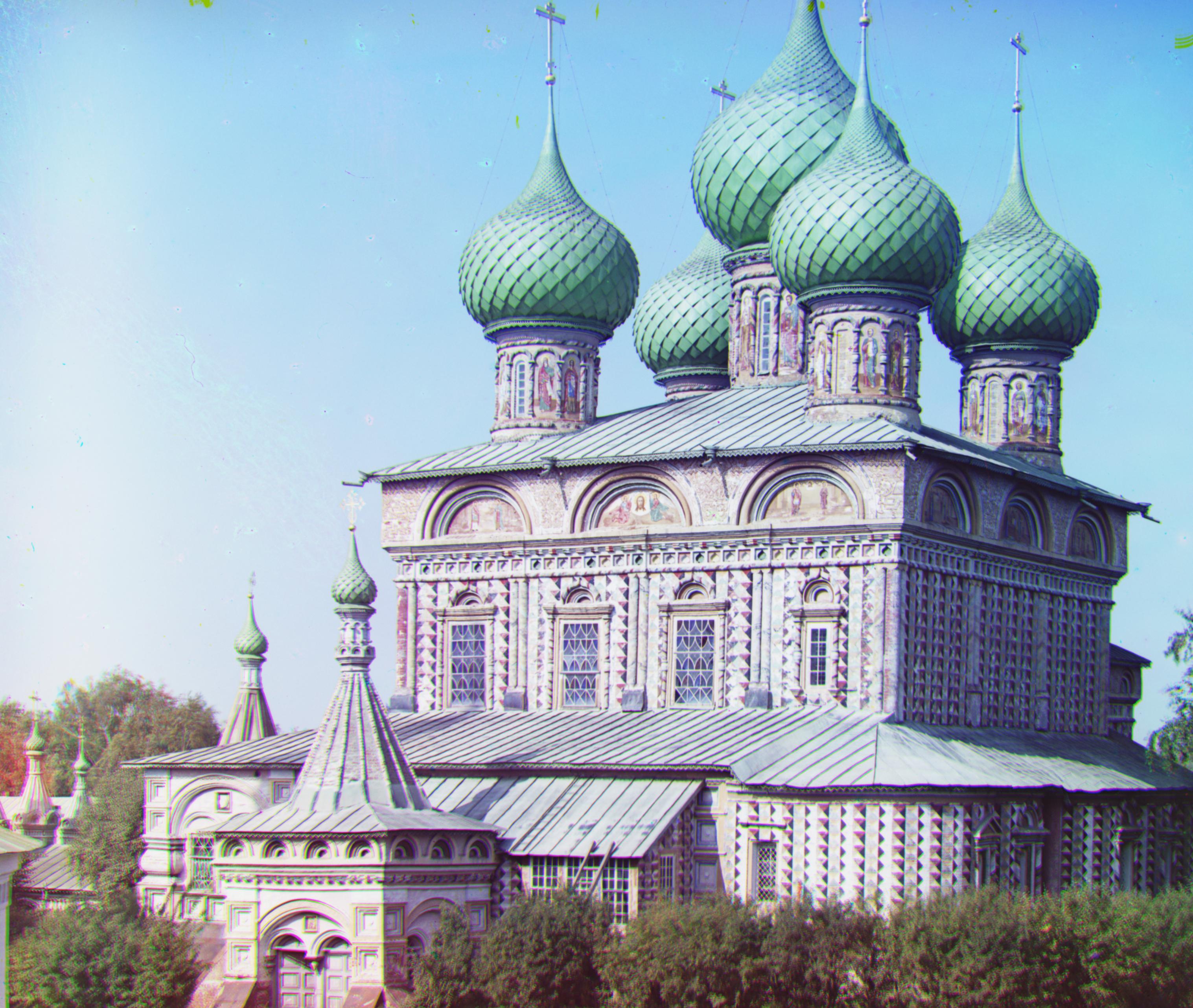 |
|
Name: Self Portrait Blue Shift: (-78, -29) Red Shift: (98, 8) |
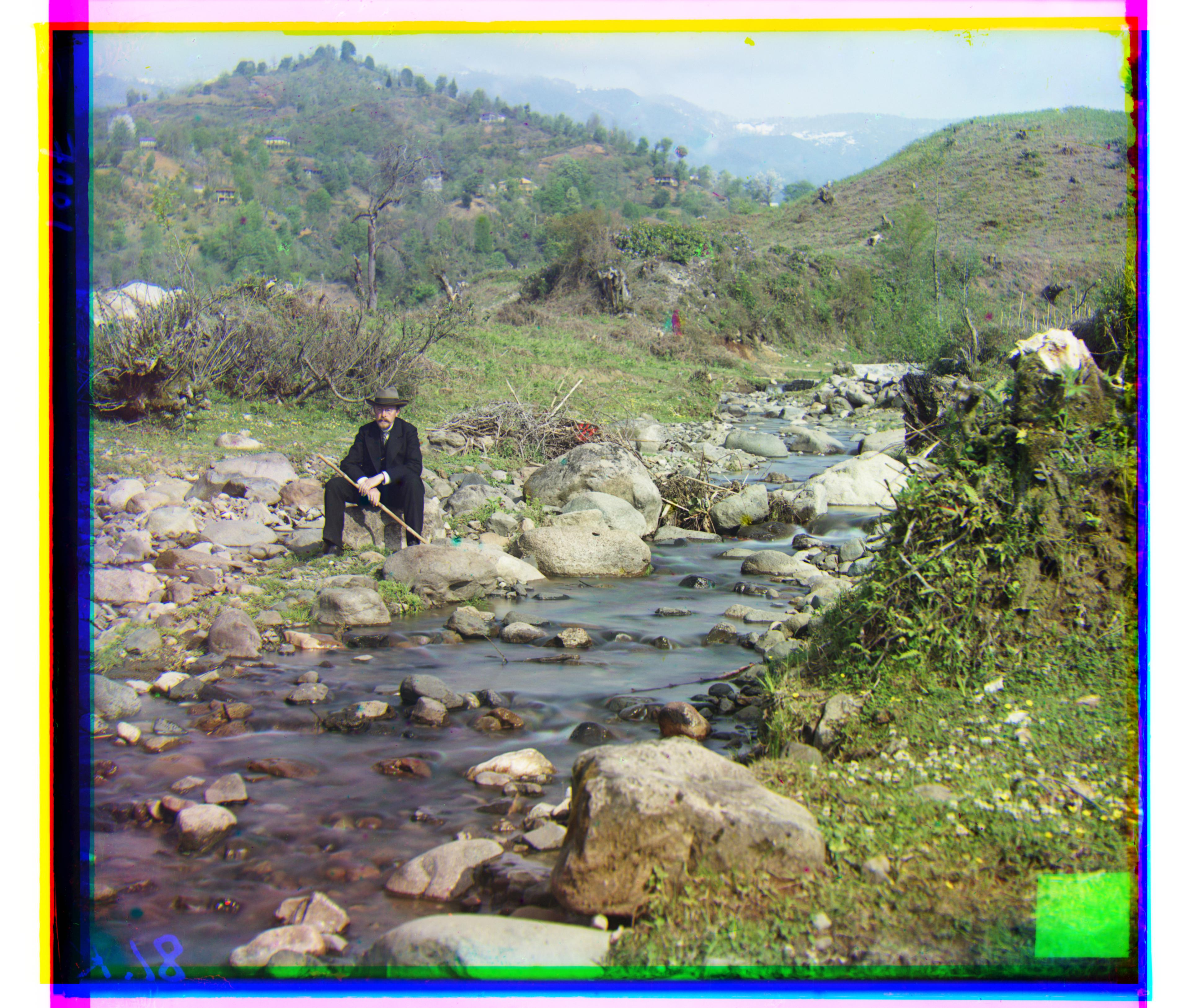 |
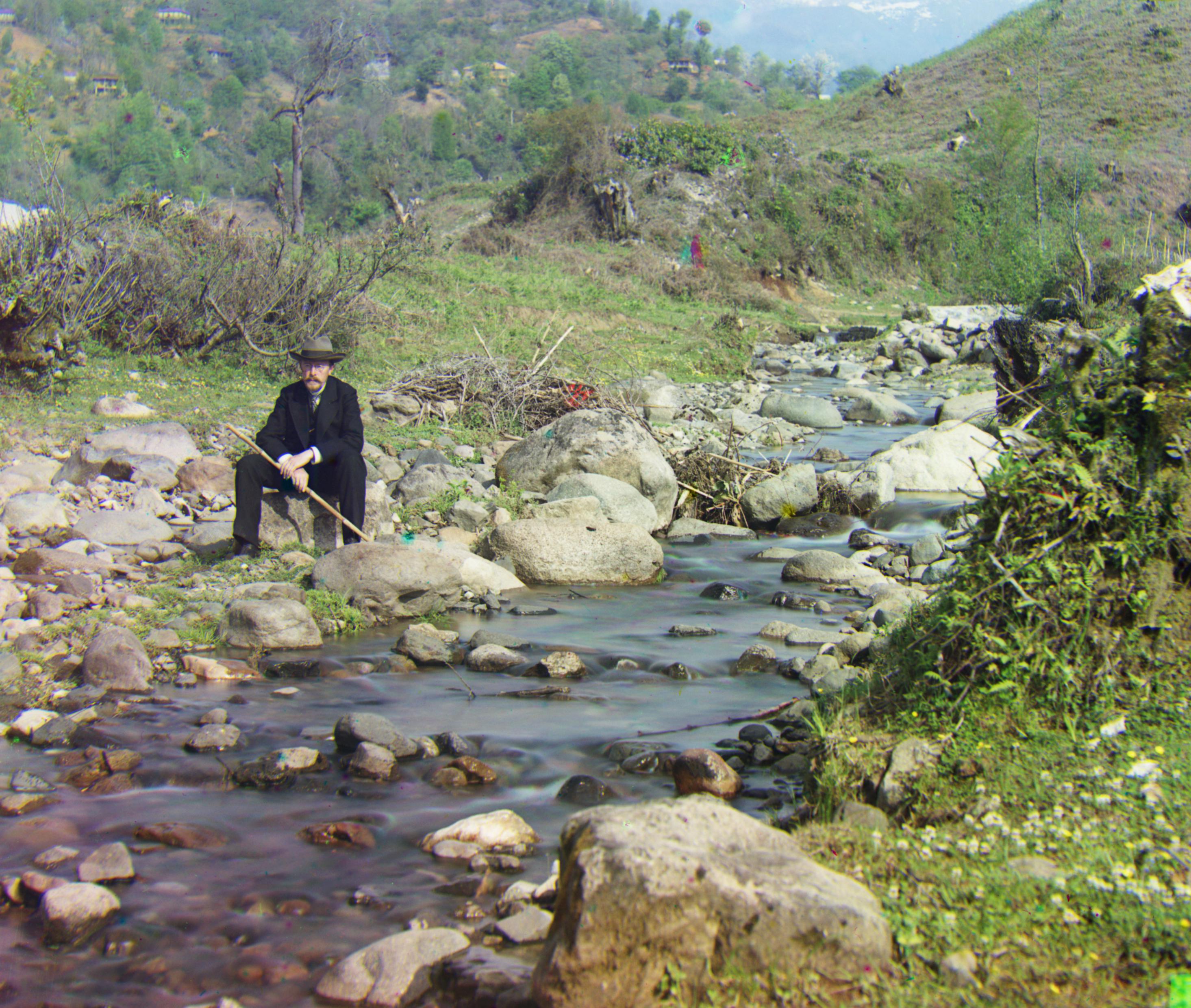 |
|
Name: Three Generations Blue Shift: (-51 -14) Red Shift: (59 -3) |
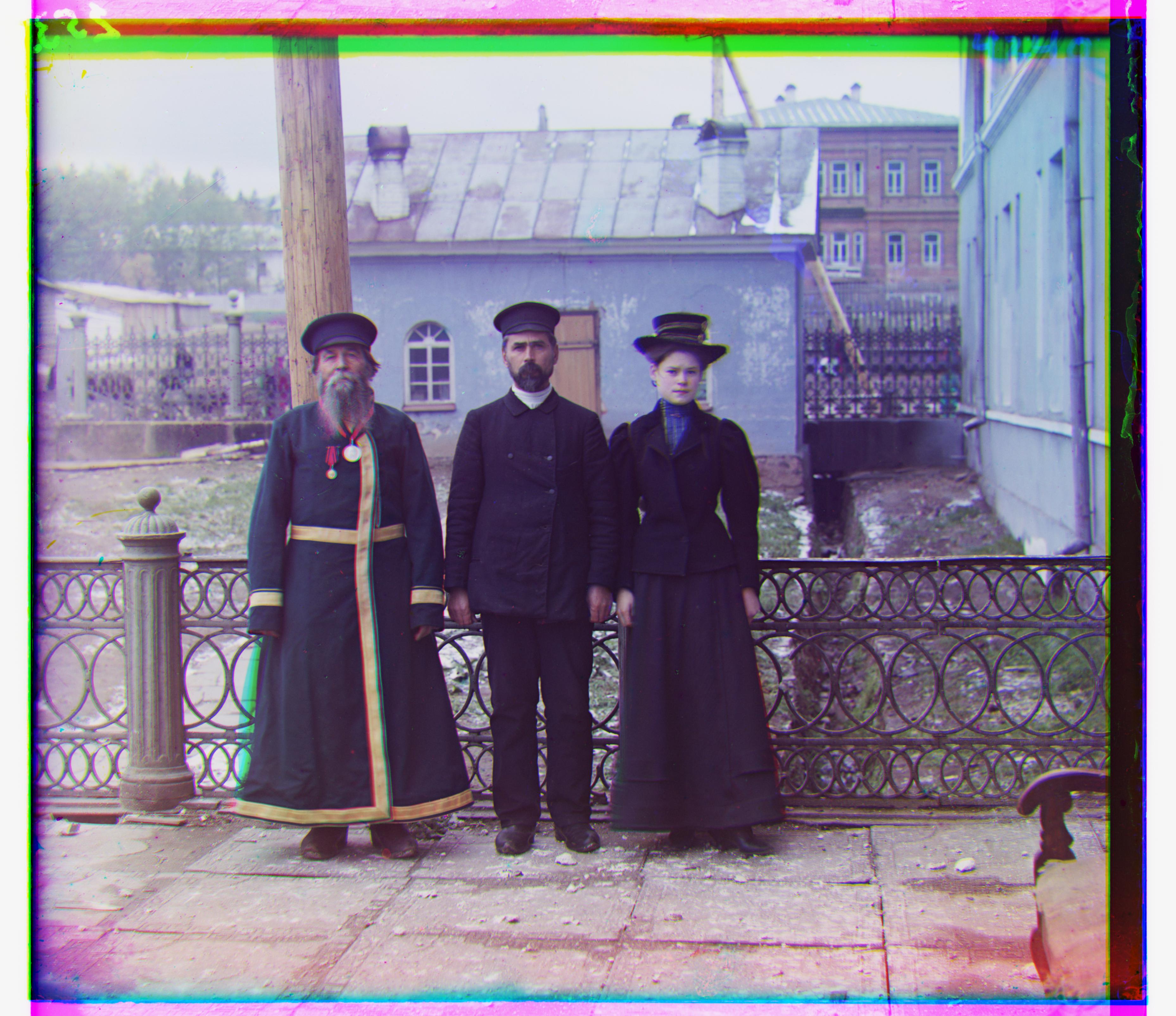 |
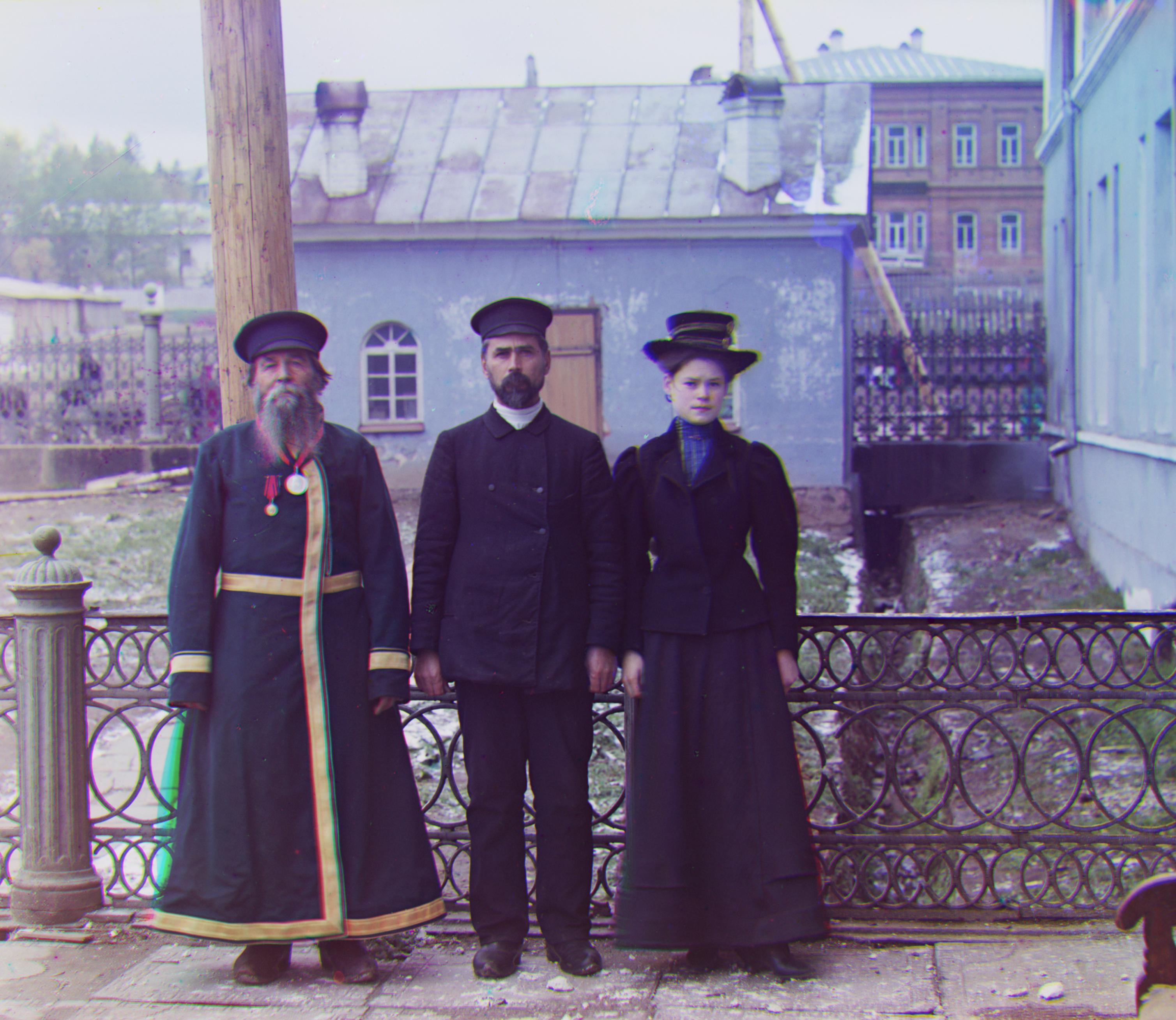 |
|
Name: Tobolsk Blue Shift: (-3, -3) Red Shift: (4, 1) |
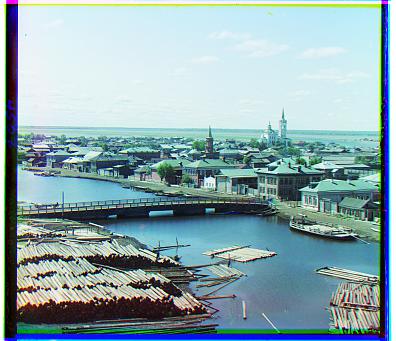 |
 |
|
Name: Train Blue Shift: (-43,) Red Shift: (43, 26) |
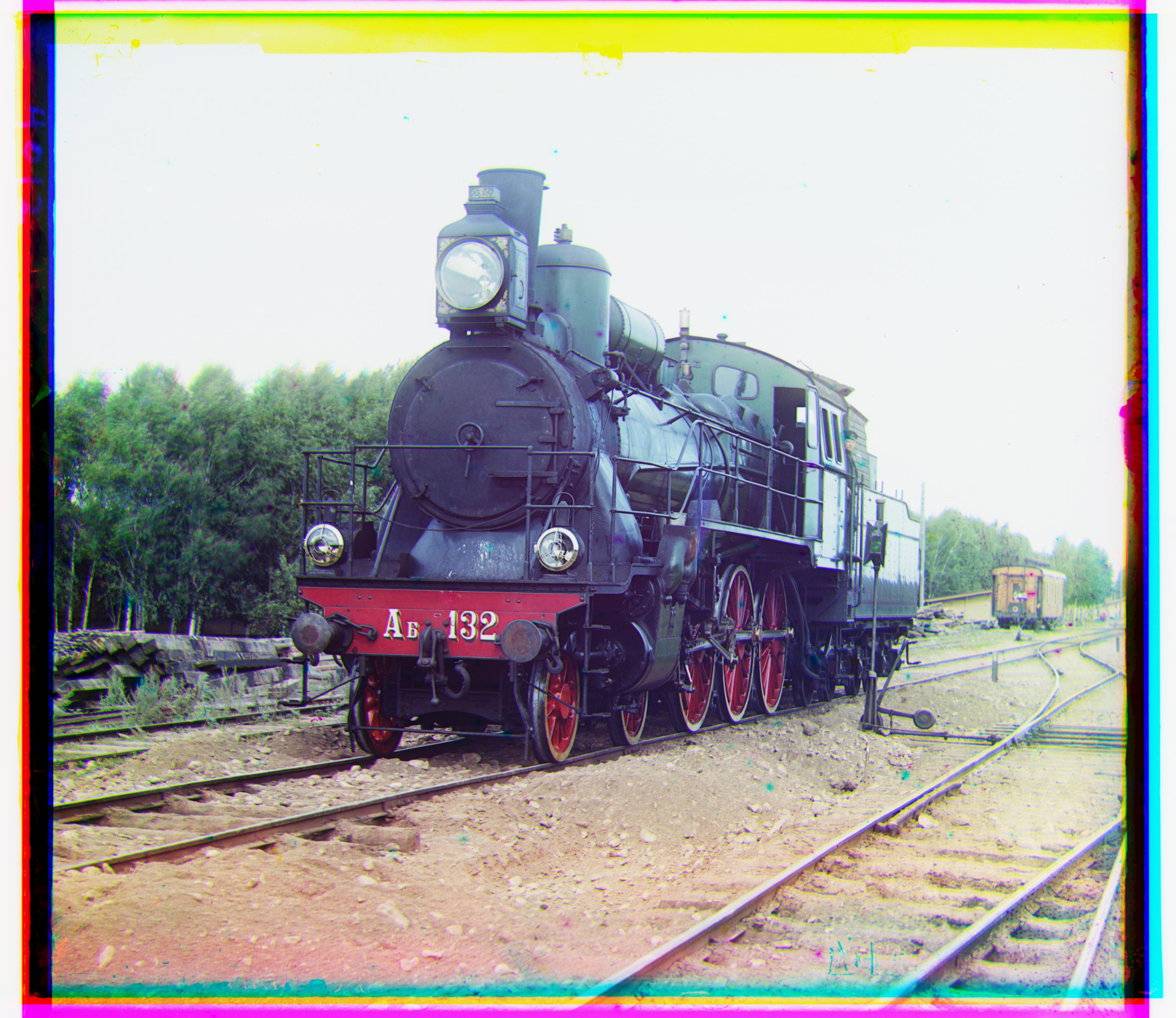 |
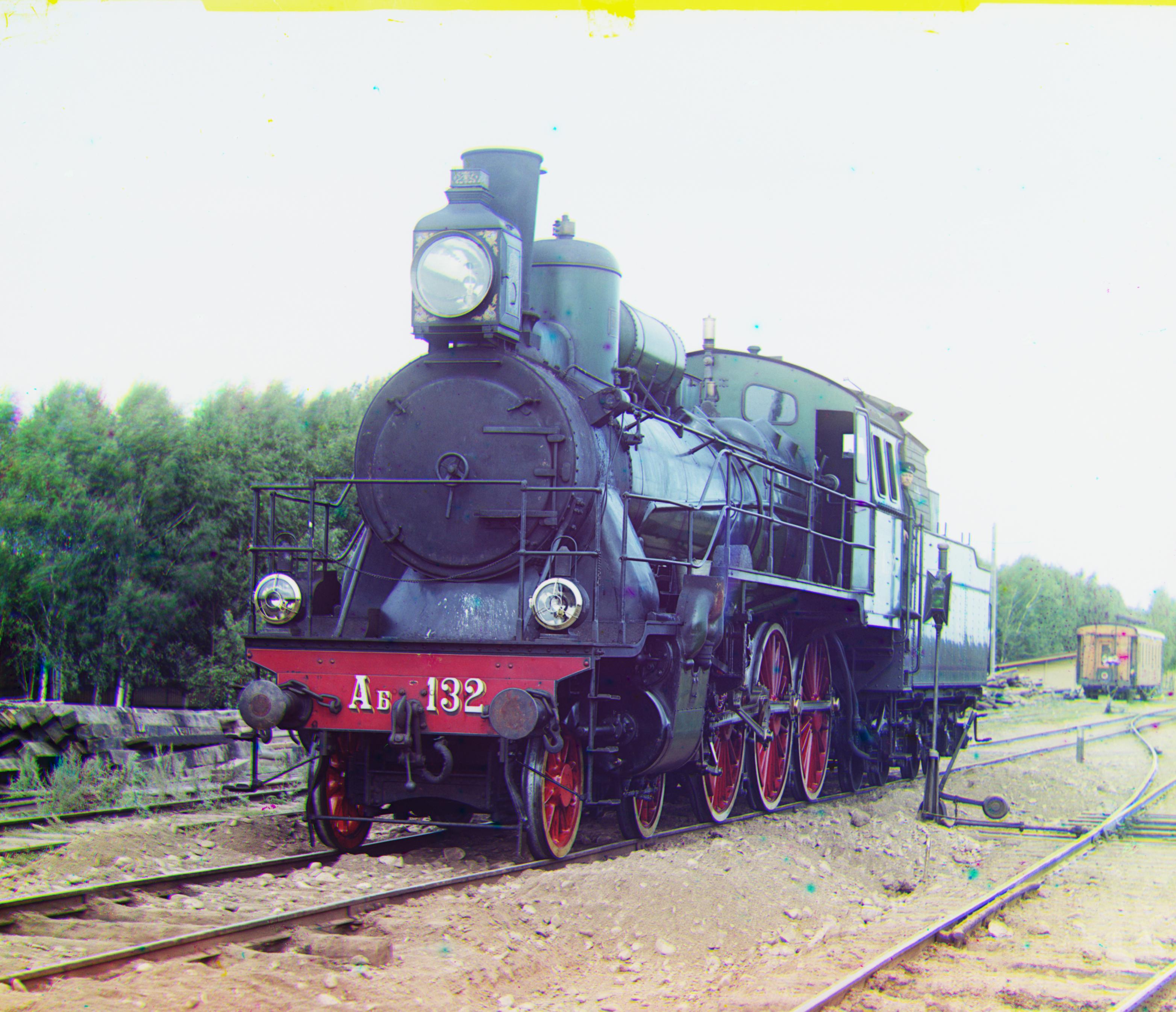 |
|
Name: Workshop Blue Shift: (-53, 1) Red Shift: (53, -11) |
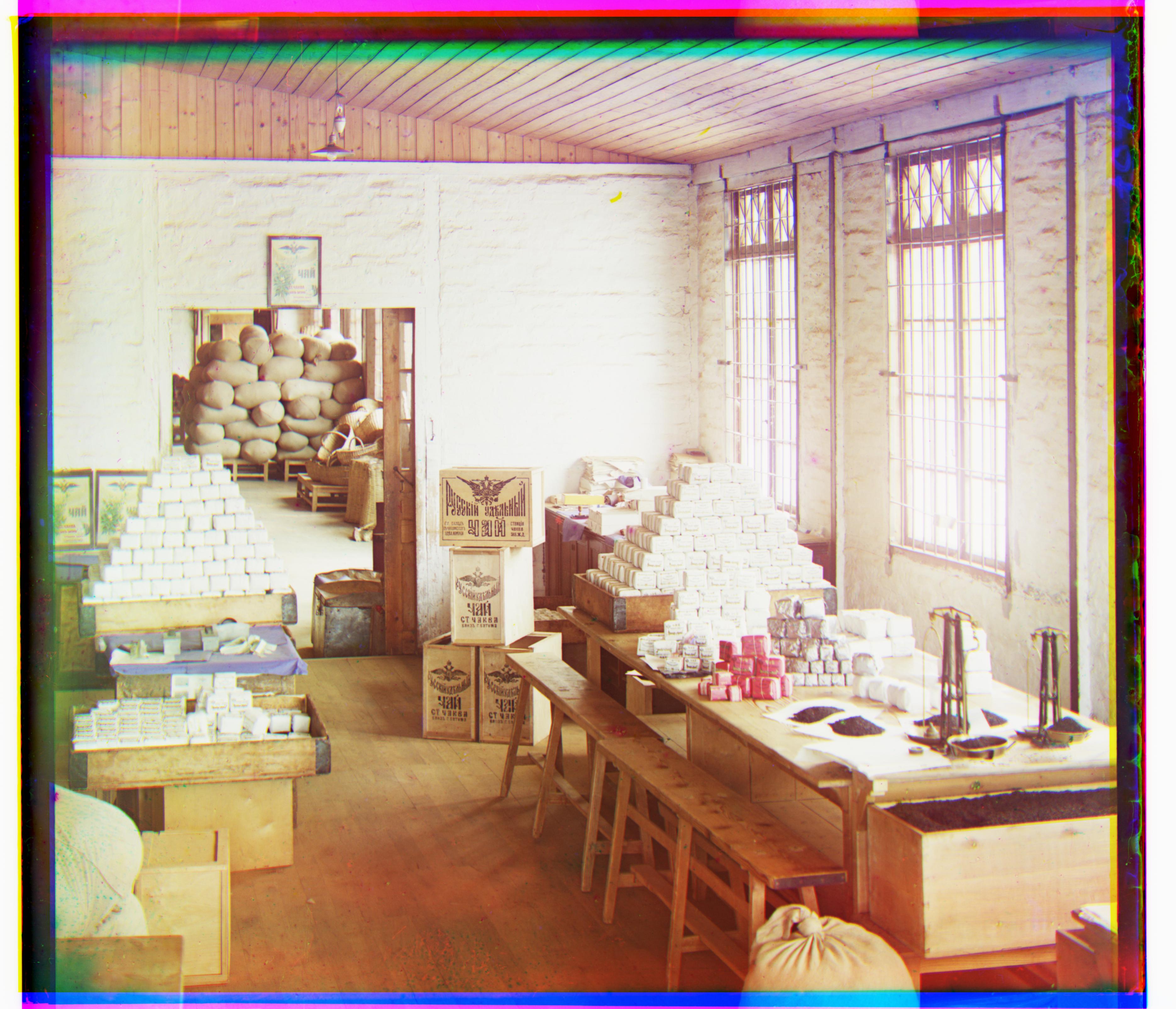 |
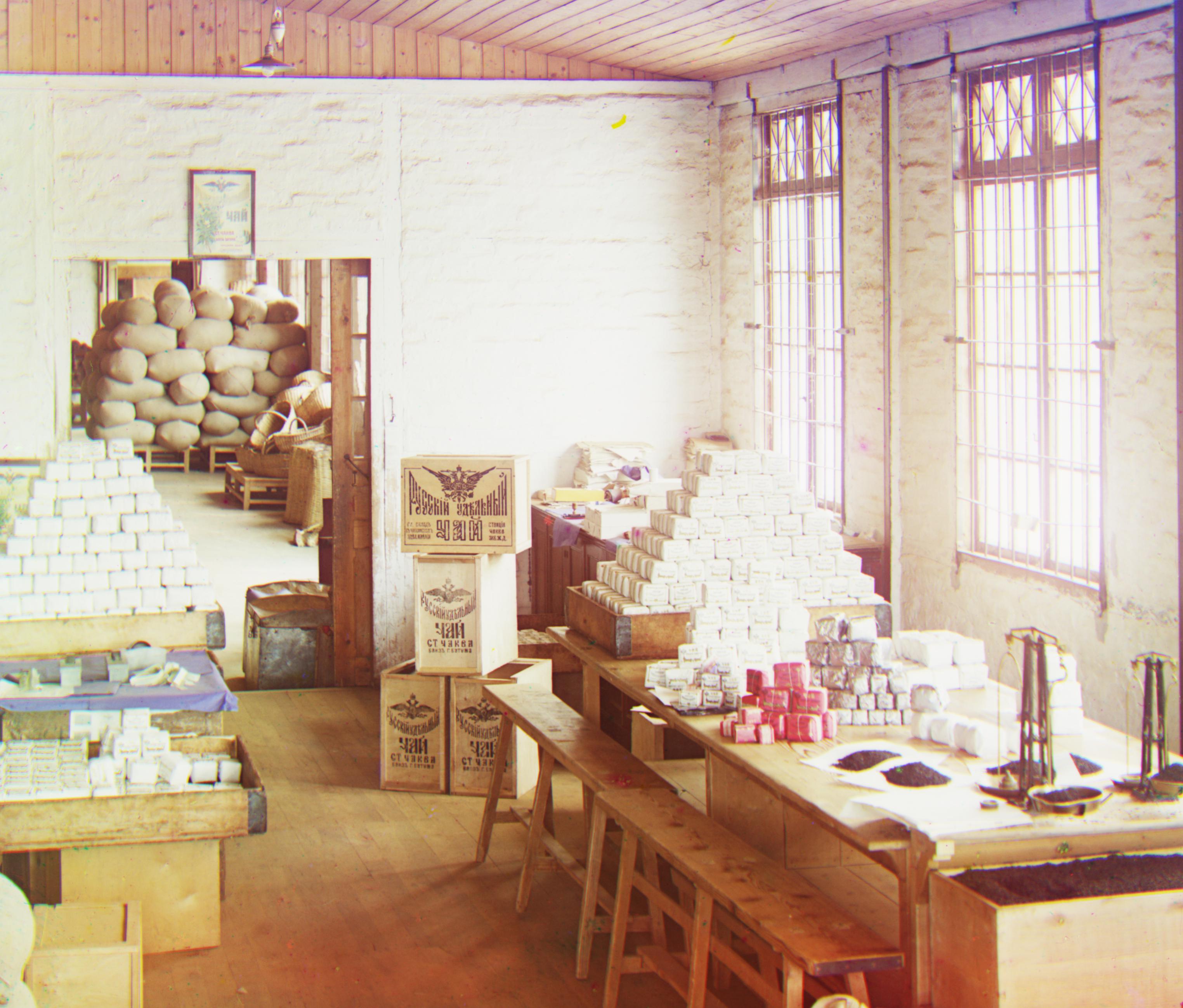 |
For the second part of this image gallery, we download original photos from the online collection found here
| Name and Displacement (y, x) | Result with Automatic Cropping |
|---|---|
|
Name: Family Blue Shift: (-57, -33) Red Shift: (73, 16) |
 |
|
Name: Horse Blue Shift: (-21, -27) Red Shift: (89, 26) |
 |
|
Name: Big Bush Blue Shift: (-31, -30) Red Shift: (24, 16) |
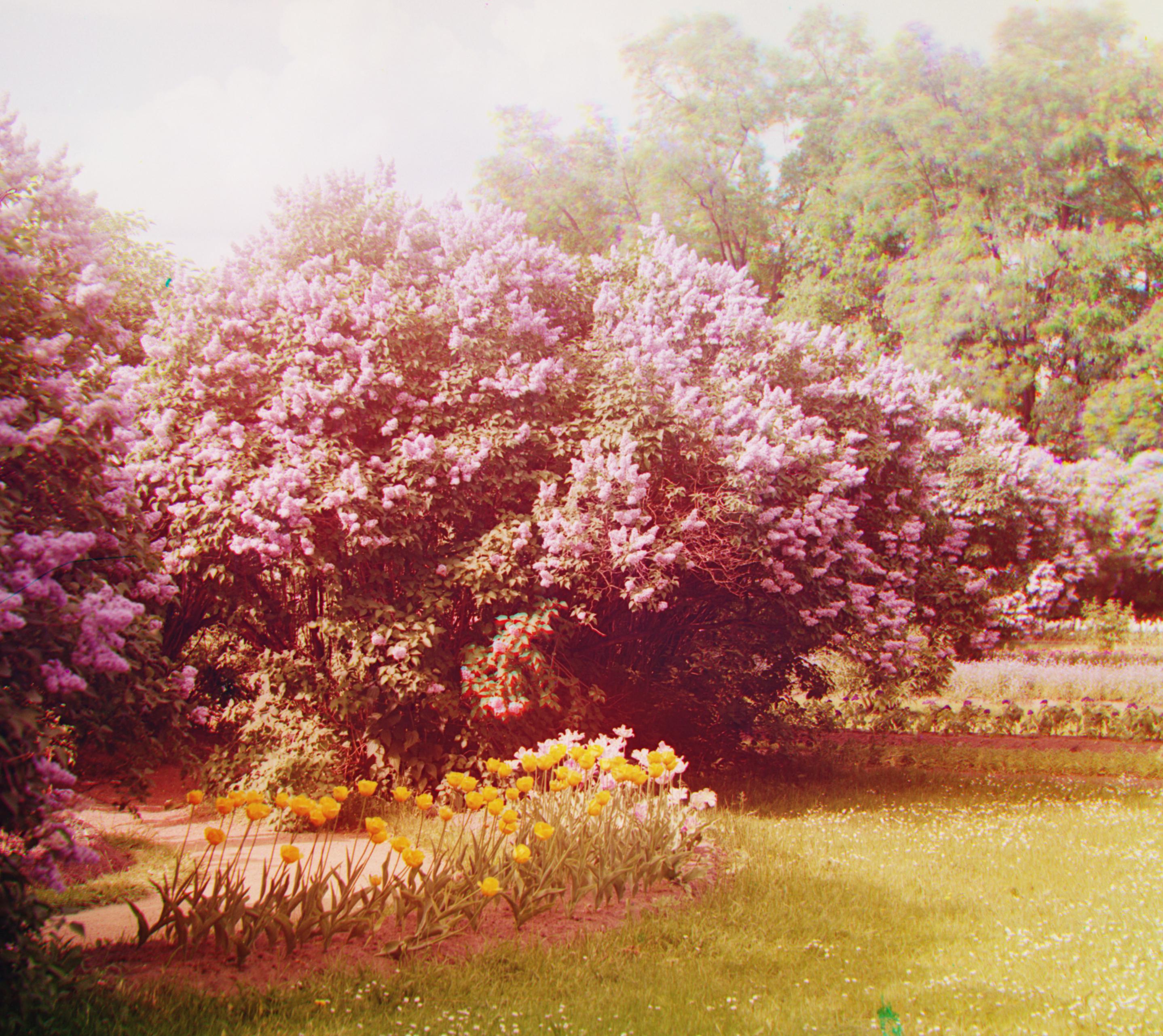 |